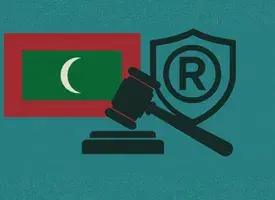Any person may oppose a trademark application within three months from the date of its publication in the EU Trade Marks Bulletin. The opposition process is administered by EUIPO.
Procedure of trademark opposition:
- Notice of Opposition: Any person may file an opposition against a published trademark application within three months from the date of its publication in the EU Trade Marks Bulletin. This deadline is strict and cannot be extended, and the opposition must be accompanied by the official fee.
- Admissibility Check: Once the opposition is filed, the EUIPO informs the trademark applicant and checks whether the opposition meets the minimum admissibility requirements. If the opposition is deemed admissible, both parties are notified and the procedural timeline is set.
- Cooling-Off Period: After the notice is served to the applicant, a two-month cooling-off period begins. This period allows both parties to negotiate a possible settlement. If both agree, the cooling-off period can be extended up to 22 months. Either party may opt out of the extension at any time. If the opposition is resolved amicably, the opponent may receive a refund of the opposition fee. If no settlement is reached, the opposition proceeding moves towards the adversarial phase.
- Evidence Submission: The Opponent is given two months to submit evidence and arguments supporting their opposition. The Applicant then has two months to respond with counter-evidence and observations. After that, the Opponent may reply within another two months. This usually concludes the evidence exchange, although EUIPO may allow additional rounds if needed.
- Proof of use (if required): If the opponent has based their opposition on an earlier trademark that has been registered for more than five years, the applicant may request proof of genuine use. In such cases, the opponent must first submit evidence of use before the applicant responds. The opponent is then allowed to comment on the applicant’s observations. If the applicant does not request proof of use but submits evidence and observations, the opponent is given 2 months to comment on the applicant’s submissions and after these exchanges the opposition is normally ready for decision.
- Decision: Once all submissions are complete, EUIPO issues a written decision. Hearings are not held automatically and will only be held if the Office considers them necessary. Most opposition cases are resolved through written proceedings.
- Appeal: If either party disagrees with the decision, they may appeal to the Boards of Appeal within two months from date of notification of the decision. A detailed statement of grounds must be filed within four months. A further appeal can be made to the General Court of the European Union on both legal and factual grounds, and ultimately to the Court of Justice of the European Union on questions of law only.








